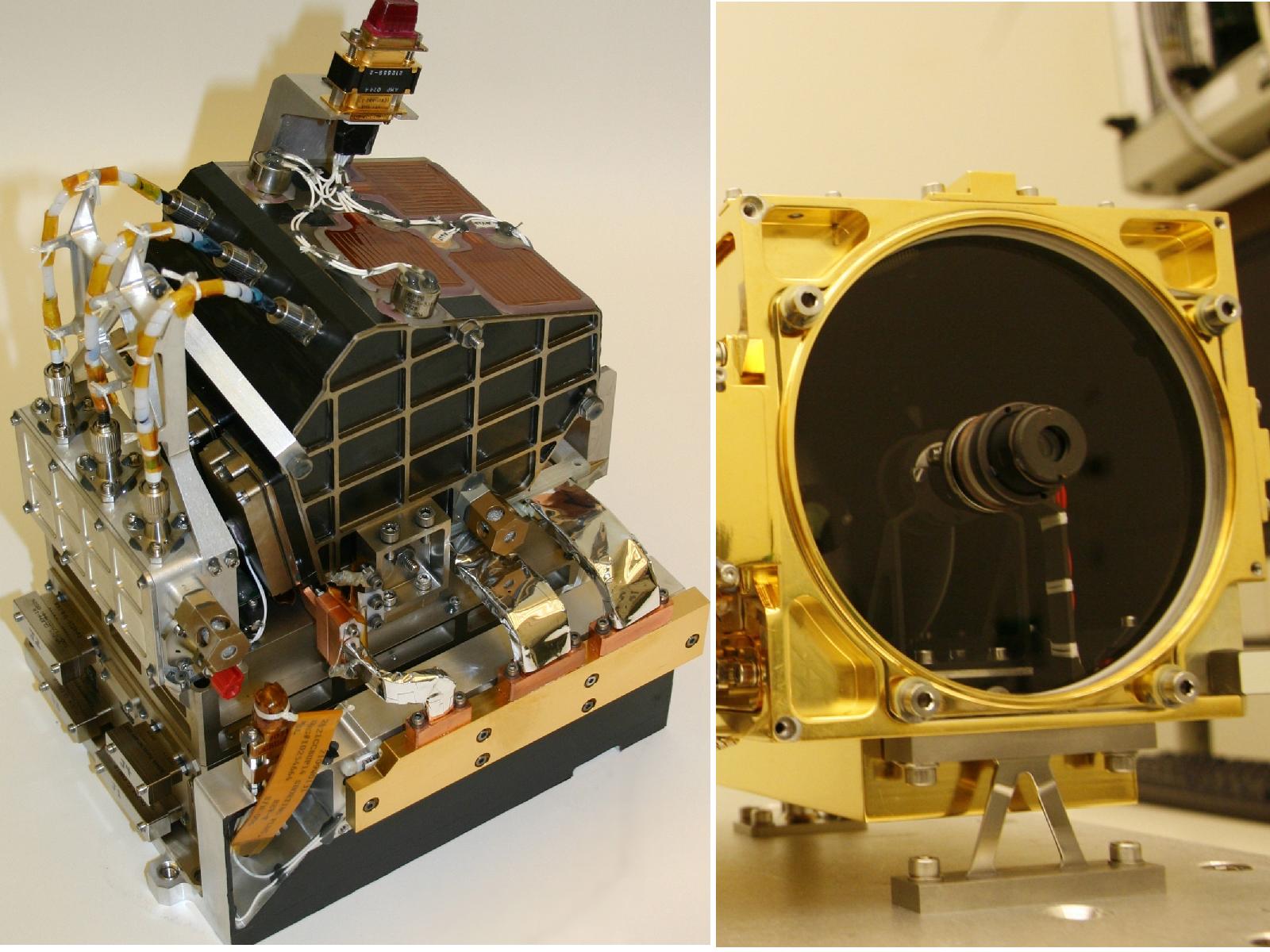NASA L'Space Mission Concept Academy
Link to our Preliminary Design Review
As a kid I absolutely loved space, technology and science–particularly space exploration. This led to a great curiosity and a new dream to work for a space company.
Before transferring to University I was looking for any and every opportunity to get ahead, and one of my computer science classmates gave a presentation on a mission concept academy she did with NASA L’Space and that night I went home and applied to the program.
To my surprise I got accepted and remotely joined a team of six other students from multiple different parts of the world and embarked on this summer project to design a mission to Mars.
The program had three or four hundred people divided into many teams guided by mentors all creating a full project.
As we got our team together we delegated the work and assigned roles, and I was assigned to the lead role to the science team.
Our task for the overall project was to design a rover for a mission of our choosing that involved sending a rover to Mars and having it explore cave systems.

We were also given access to a suite of software like Siemens NX and a software that mapped cave systems on Mars.
We had weekly meetings on Discord to discuss our project and create our Mission Concept. We eventually decided to base our mission around the presence of life/bio-materials in cave systems and using similar tools to map cave systems as well.
Our engineering team had begun designing the rover and made room for the components. We also had a team working on the navigation and radio communication with the lander. Then we had my science team, many of which were quite busy people so I took a lot of the workload.
For my team, our sub-task was to research NASA instruments and choose the best tools for our task, ensuring they met our mission requirements like weight and dimensions, and was well within our budget for the mission.
I turned my team towards NASA’s recently launched Perseverance rover. With a major suite of instrumentation, it was the best reference we had for all our requirements.
After a while of researching, gathering documentation and presenting our findings to the team, we decided to implement two main instruments.

One of which was the ChemCam. The ChemCam (Chemistry Camera) paired with a suite of spectroscopy instrumentation that would burn materials with a laser and take in the wavelength of light as data, allowing us to identify the composition of that material. This was perfect for our goal of finding bio-materials as the device allowed an easy way of determining the raw elements composing each material.

The next device we chose was the LiDAR camera, this fit perfectly for our task of mapping the cave systems. As the LiDAR camera would allow us to take data recorded from the camera and configure it back together as maps of the cave systems.
Overall we ended up finalizing and presenting our project, finishing with 193 pages of documentation for our project proposal.
For me this was a wonderful experience and I learned a ton about research, organization, teamwork and leadership. This project was so incredibly rigorous–every detail had to be accounted for and I was lucky to have a great team to work with.
I even ended up running in to one of my team members once I started attending UC San Diego, he was working on the rover team Yonder Dynamics.
This was difficult, but it made me excited about space in a way that I had never felt before. I was sitting in a chair similar to those who had just put a rover on Mars and to think how close I’ve come to the world of science I’ve always dreamed of. I’m thankful to have this experience under my belt, and I can’t wait to be a part of something real.
